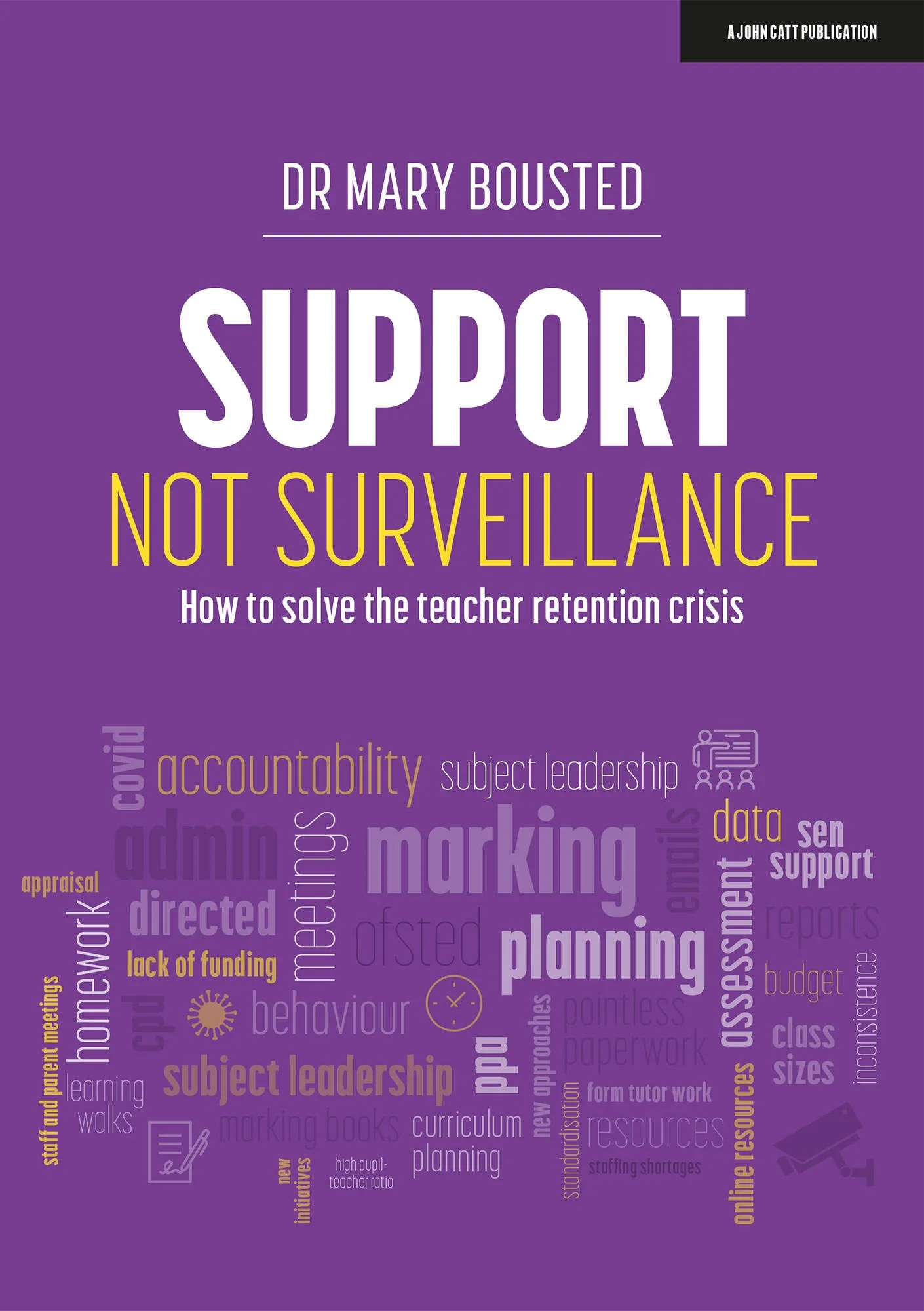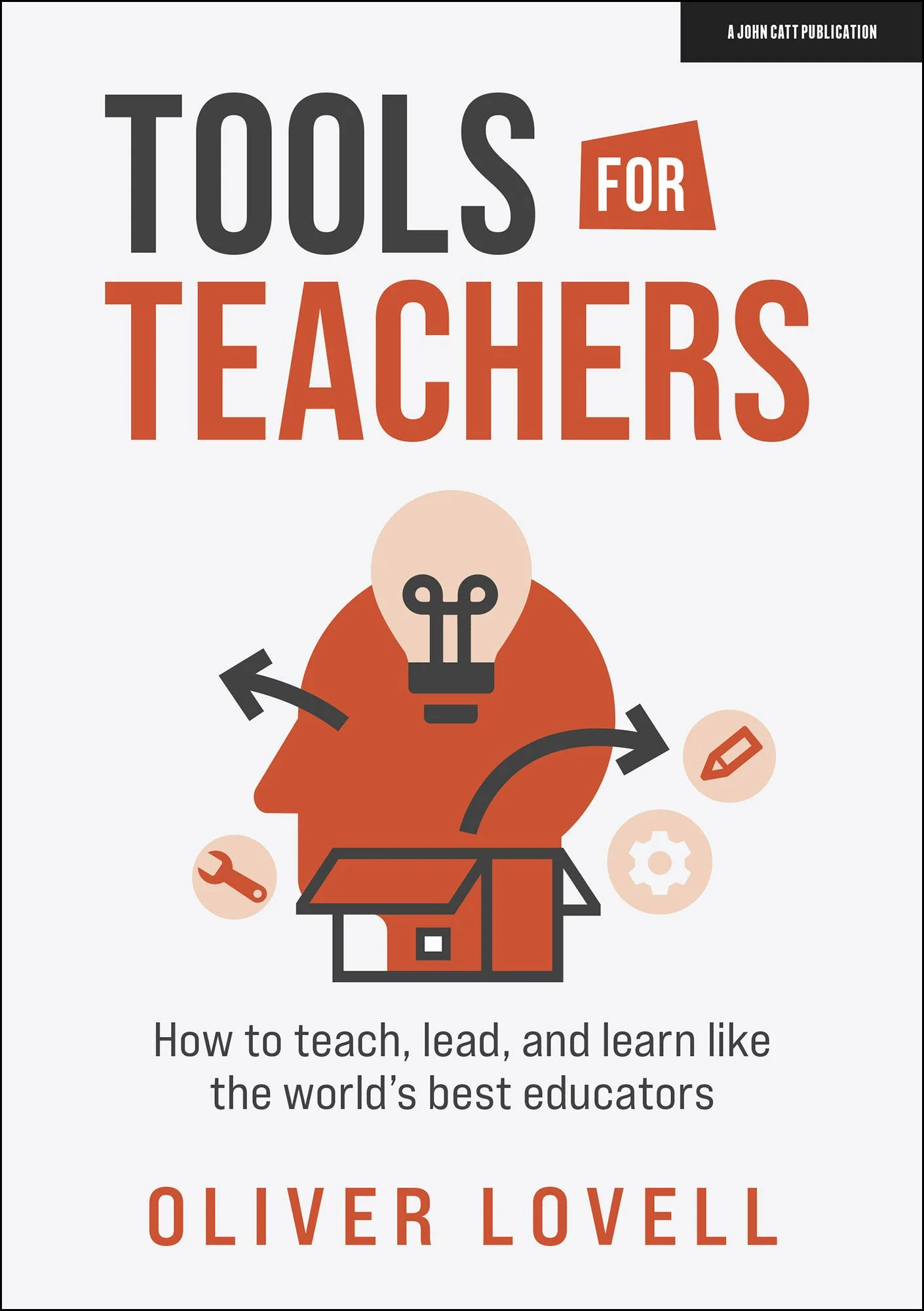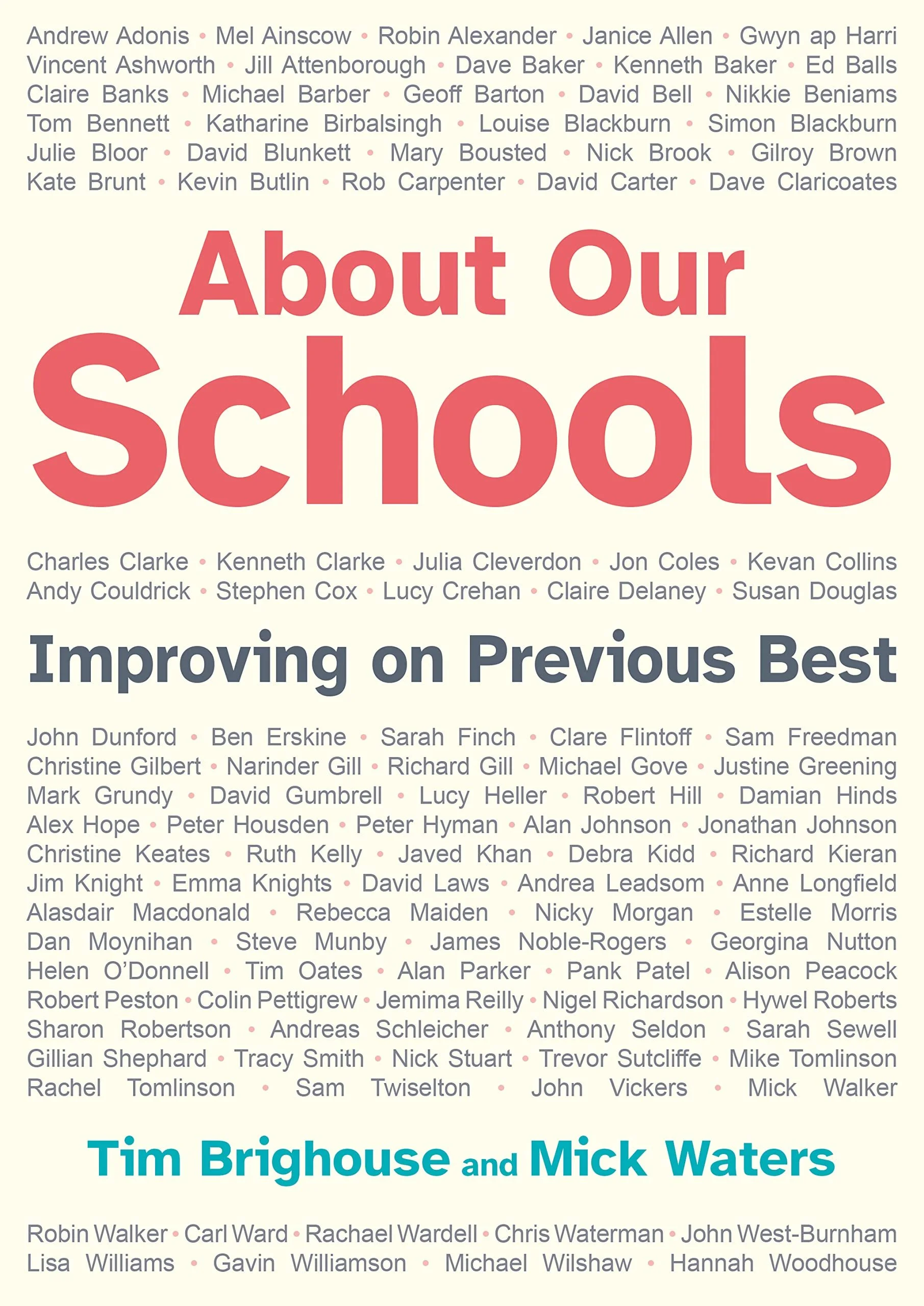This arrived a few days ago, and I will be doing a proper review soon. This article is just a quick “first impressions” post.
The first thing I noticed is that more than fifty teachers have contributed to the book, which strikes me as a promising start.
The second thing that struck me is that its small footprint is rather deceptive. It contains over 300 packed pages. Nice quality too.
Thirdly, the book considers different sorts of graphic organisers, how to construct them, and what to use them for, plus useful hints and tips. Thus my first impression is that this is a handy toolkit which, once mastered, can be applied in lots of different contexts in any subject.
I hope I’m not wrong, or if I am, that I am pleasantly surprised!
Other “quick looks”:
To paraphrase what Arthur C Clarke said about teachers, any writer that can be replaced by a computer probably should be.
Yes, I know that this has nothing (ostensibly at least) to do with ICT or Computing, but I thought it might be an interesting book in general, and for history teachers in particular.
I’ve just sent Teach Secondary magazine my review of this book, so I can’t say much before that’s published.
I suspect that the use of space in parliament buildings will hold some lessons for schools as well.
Academics tend to write learned articles that, I suspect, are read mainly by other academics, so anything that can translate some of that research into practical advice is to be welcomed.
As far as I’m aware no Education Secretary has had the ability or the courage to deal with the teacher recruitment and retention crisis.
Overall the book is a good investment, although I did have some quibbles with it.
If you want to see the humble brag elevated to an art form, this is the book for you.
As its subtitle indicates, Book Wars covers the analogue and digital battlefield in the world of books.
It’s a bit of a tall order, I think, to teach yourself computer science, as opposed to computer programming, because of the need to understand particular concepts.

If you found this article interesting or useful (or even both!), why not subscribe to my free newsletter, Digital Education? It’s been going since the year 2000, and has slow news, informed views and honest reviews for Computing and ed tech teachers — and useful experience-based tips.











